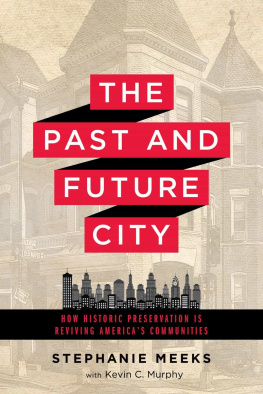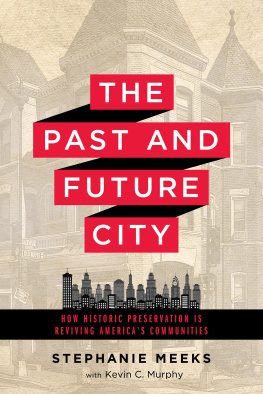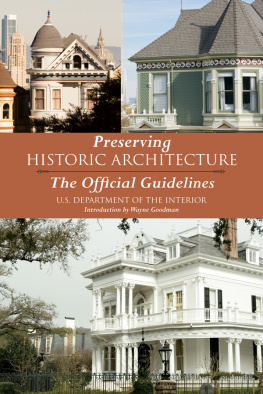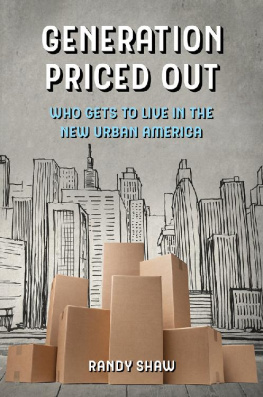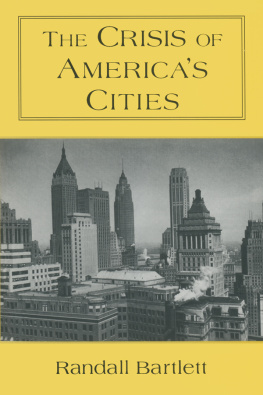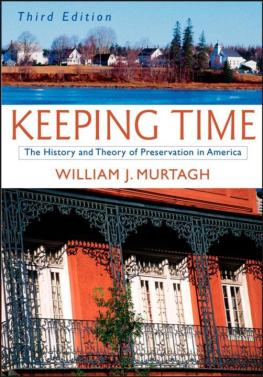Stephanie Meeks - The Past and Future City: How Historic Preservation is Reviving America’s Communities
Here you can read online Stephanie Meeks - The Past and Future City: How Historic Preservation is Reviving America’s Communities full text of the book (entire story) in english for free. Download pdf and epub, get meaning, cover and reviews about this ebook. year: 2016, publisher: Island Press, genre: Romance novel. Description of the work, (preface) as well as reviews are available. Best literature library LitArk.com created for fans of good reading and offers a wide selection of genres:
Romance novel
Science fiction
Adventure
Detective
Science
History
Home and family
Prose
Art
Politics
Computer
Non-fiction
Religion
Business
Children
Humor
Choose a favorite category and find really read worthwhile books. Enjoy immersion in the world of imagination, feel the emotions of the characters or learn something new for yourself, make an fascinating discovery.
- Book:The Past and Future City: How Historic Preservation is Reviving America’s Communities
- Author:
- Publisher:Island Press
- Genre:
- Year:2016
- Rating:4 / 5
- Favourites:Add to favourites
- Your mark:
The Past and Future City: How Historic Preservation is Reviving America’s Communities: summary, description and annotation
We offer to read an annotation, description, summary or preface (depends on what the author of the book "The Past and Future City: How Historic Preservation is Reviving America’s Communities" wrote himself). If you haven't found the necessary information about the book — write in the comments, we will try to find it.
This urban resurgence is a national phenomenon, boosting cities from Cleveland to Buffalo and Portland to Pittsburgh. Experts offer a range of theories on what is driving the return to the cityfrom the impact of the recent housing crisis to a desire to be socially engaged, live near work, and reduce automobile use. But theres also more to it. Time and again, when asked why they moved to the city, people talk about the desire to live somewhere distinctive, to be some place rather than no place. Often these distinguishing urban landmarks are exciting neighborhoodsMiami boasts its Art Deco district, New Orleans the French Quarter. Sometimes, as in the case of Baltimores historic rowhouses, the most distinguishing feature is the urban fabric itself.
While many aspects of this urban resurgence are a cause for celebration, the changes have also brought to the forefront issues of access, affordable housing, inequality, sustainability, and how we should commemorate difficult history. This book speaks directly to all of these issues.
In The Past and Future City, Stephanie Meeks, the president of the National Trust for Historic Preservation, describes in detail, and with unique empirical research, the many ways that saving and restoring historic fabric can help a city create thriving neighborhoods, good jobs, and a vibrant economy. She explains the critical importance of preservation for all our communities, the ways the historic preservation field has evolved to embrace the challenges of the twenty-first century, and the innovative work being done in the preservation space now.
This book is for anyone who cares about cities, places, and saving Americas diverse stories, in a way that will bring us together and help us better understand our past, present, and future.
Stephanie Meeks: author's other books
Who wrote The Past and Future City: How Historic Preservation is Reviving America’s Communities? Find out the surname, the name of the author of the book and a list of all author's works by series.

